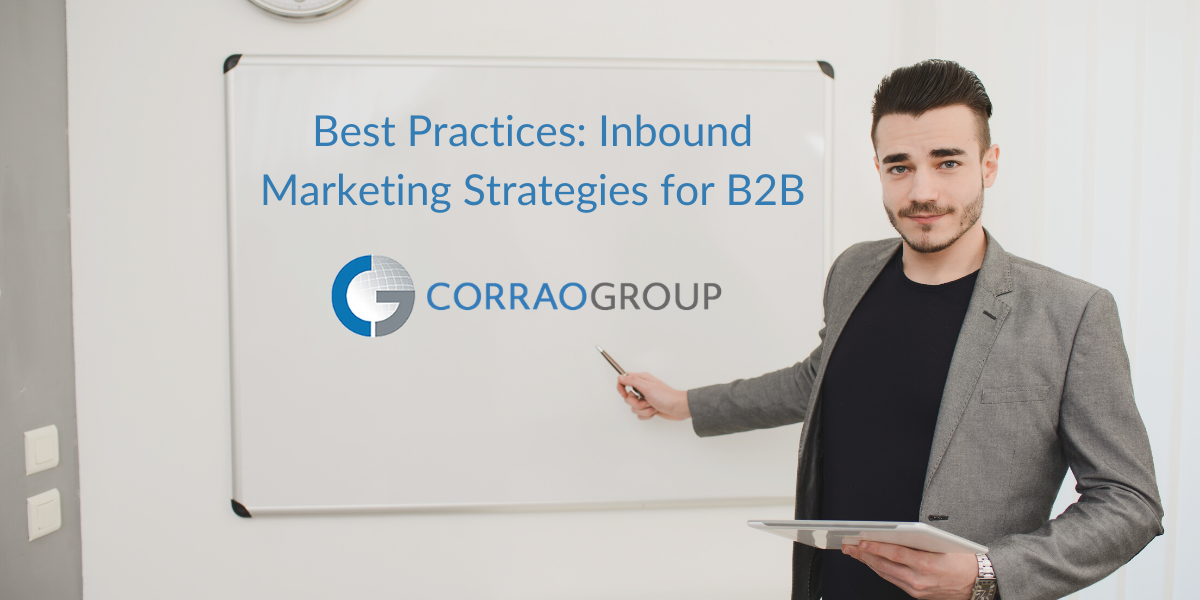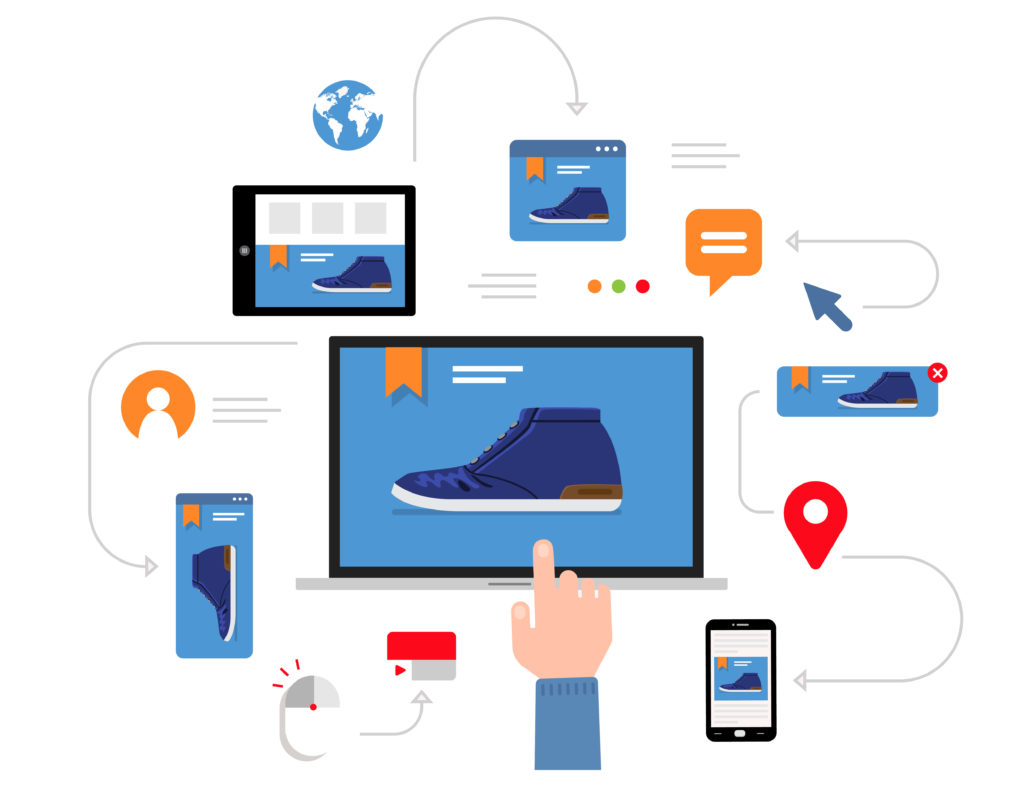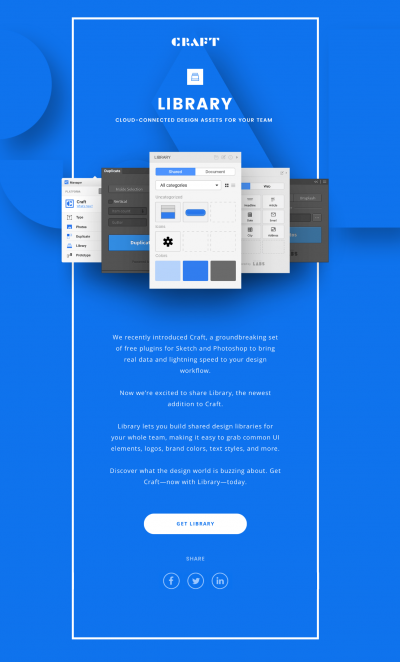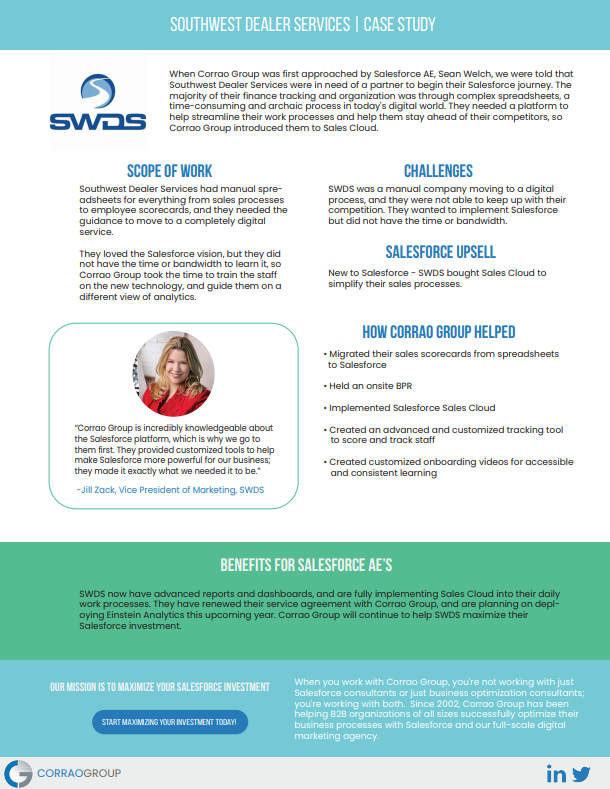Revisit and Repurpose Content
According to the Huffington Post, B2B companies who blog attract 67% more leads than those who don’t. If you haven’t already started blogging, consider repurposing your existing content to get started. While blogging is a great first step in the content development process, you should expand the scope of your content library with videos, white papers, and case studies. A fully-formed content library serves as the foundation of your marketing initiatives by providing value to your audience throughout each stage of the buyer’s journey.
Reference Your FAQ’S
When prospects visit your site, they reach your site seeking answers to one or many questions. If you can anticipate the questions your audience is hoping to resolve, you’ll provide the early value while also spending less time answering the same questions over and over again. Leverage your frequently asked questions in your content strategy to improve relationships with your web visitors and strengthen the quality of your leads.
Trail Blaze With Conversational Marketing
Conversational marketing is the future of successful inbound strategies. A tool like Qualified allows you to interact with your web visitors in real-time to start the nurture process as soon as these visitors hit your website. Qualified mixes automation features and direct chat to help you optimize the conversational process. To further streamline your conversions, Qualified connects to both Salesforce and Pardot to capture visitor information directly in your CRM.

Click here for more information on how Qualified can bolsters your B2B strategy
Develop Your Social Strategy
Social media isn’t just for B2C. Social media continues to grow in value for B2B marketers as a content sharing platform attracting new leads, and nurturing existing ones. Just like any other content plan, your social media content plan should be structured, and this starts with a content calendar. Creating a content calendar will help you keep track of your social media presence by eliminating the chance of uncertainty halfway through the month.
Automate Your Marketing Initiatives
Gone are the days of tedious, manual marketing campaigns. Marketing automation platforms have taken over every industry and are built to grow with your business. At Corrao Group, we use Pardot as the foundation for our marketing programs and leverage the tool for internal onboarding too! Pardot offers a multitude of features that can save your team time, minimize mistakes, and align your sales and marketing teams. List segmentation, drip programs, email templates, A/B testing, content calendars, and autoresponders are all at features included in Pardot’s user-friendly interface. Need proof?
Check out our case study on how we helped our customer generate $3M in sales using Salesforce.
Engage With Industry Influencers
Imagine the value of being recognized as a reliable resource by the leaders of influence within your industry. Interacting on social media posts on LinkedIn or quoting tweets from influencers on Twitter helps you get started. Other businesses follow and trust these leaders and therefore would be more likely to value an interaction or observation of yours involving their trusted content. Connecting with them via social media is a quick and easy way to make yourself known.
Sharpen Your Titles
Despite its lengthy implementation, SEO continues to make or break the success of B2B digital marketing initiatives. When searching for information on Google, title tags inform the search algorithm that your content exists as a results option. This simple adjustment to the back-end of your website and your blog has the ability to make a huge, low-cost difference when it comes to driving traffic to your site. However, be sure your text titles correspond with what readers expect to find on your page or you may face Google’s penalties.
Optimize Your Web Pages
B2B audiences don’t have time to wait around and are often web-browsing from their mobile phones. Don’t let a slow website be the reason you lose impressions. A combination of issues could be slowing down your site from the size of your images to the location, arrangement, and type of code being used.
If you’d like to learn more about Inbound Marketing Strategies for B2B, please visit our website.






